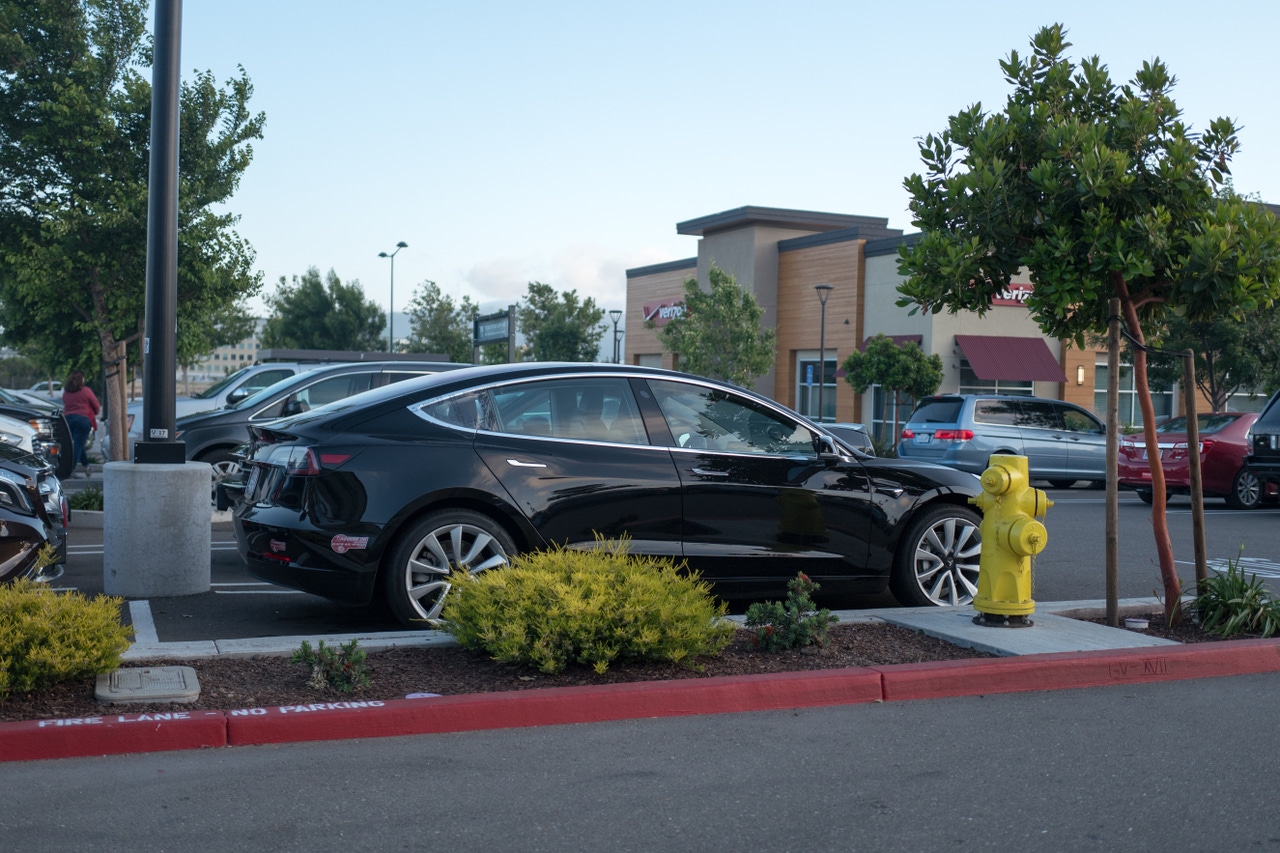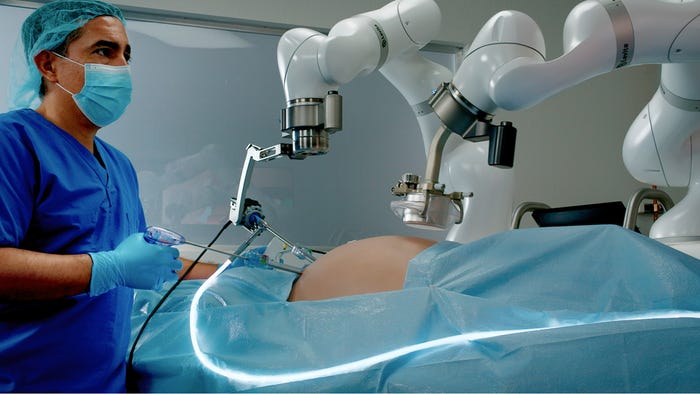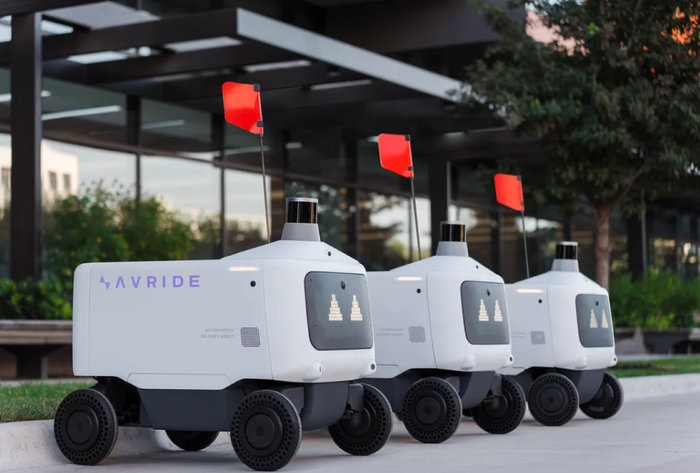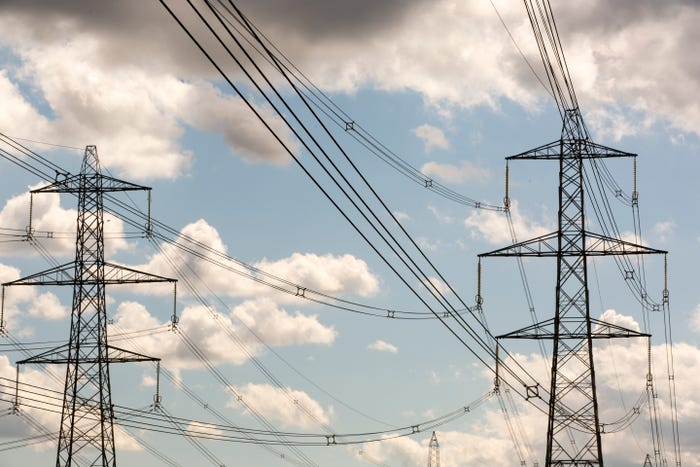Tesla Self-Driving Parking Tech Launches in Europe to Mixed Reception
Regulatory challenges, limited range dim the appeal of Tesla’s Actually Smart Summon in Europe

The Tesla feature designed to take the strain out of parking is now being introduced outside of the United States.
Actually Smart Summon (or ASS) allows Tesla models to autonomously navigate parking scenarios without owners actually being in the car, and was released in America in September.
Now the automaker has confirmed on X that ASS is being launched in Europe and the Middle East.
But the supposed breakthrough isn’t really much of a step forward at all, because of regulatory difficulties – and has been poorly received by some owners on social media.
The idea behind ASS is that it lets owners literally summon their cars via their phone from parking spots and the car drives itself to them unoccupied. The release notes issued with the software in the U.S. gushed: “It’s like magic, but with more tech and less wand-waving.”
But the reality across the Atlantic Ocean is somewhat different.
Vehicle autonomy in Europe is governed by United Nations Economic Commission for Europe (UNECE) regulations and these are much tighter than what customers in America are accustomed to.
Specifically, UNECE regulation No 79 (revision 5) states that a system’s “maximum RCP [remote control parking] operating range shall not exceed 6 m.”
What, in effect, this means, is that in Europe, an owner must be within six meters (less than 20 feet) of the car while attempting to use ASS. This contrasts with nearly 65 meters or 213 feet in the U.S.
In addition, the UNECE rules state that the car can travel a distance of 100 meters (328 feet), which means that in order to comply with the regulations, owners would have to run or walk alongside the Tesla being summoned – essentially making the tech pointless.
For more self-driving vehicle and other embedded tech news subscribe to our free newsletter!
This is compounded by the fact that Tesla has reduced the summon distance to 65 feet (nearly 20 meters) in Europe, as opposed to the 145 meters / 475 feet available in the U.S., limiting appeal further.
And with usage not allowed on public roads, some users have questioned why Tesla has even bothered releasing ASS at all, with the only apparent benefit being its ability to marginally move a car when access is tight and the doors can’t be opened.
Among the criticisms on X from users were: “Useless due to too strict regulation,”and “a baby gimmick given its distance limitation”. A third user complained: “[At] a supermarket - stopped every 30 cm (literally), [then] stopped moving because I was “more than 6 m away” (more like 3 m)...”.
While the mixed reception from consumers is unlikely to bother Tesla too much at this stage, the issue does highlight potential obstacles in future for the company in Europe.
Although it is confident that it will be able to launch Full Self Driving there in 2025, FSD – despite its name – is merely driver assistance tech. Satisfying UNECE regulations for semi-autonomous or fully autonomous vehicles will present much more of a challenge.
About the Author
You May Also Like








